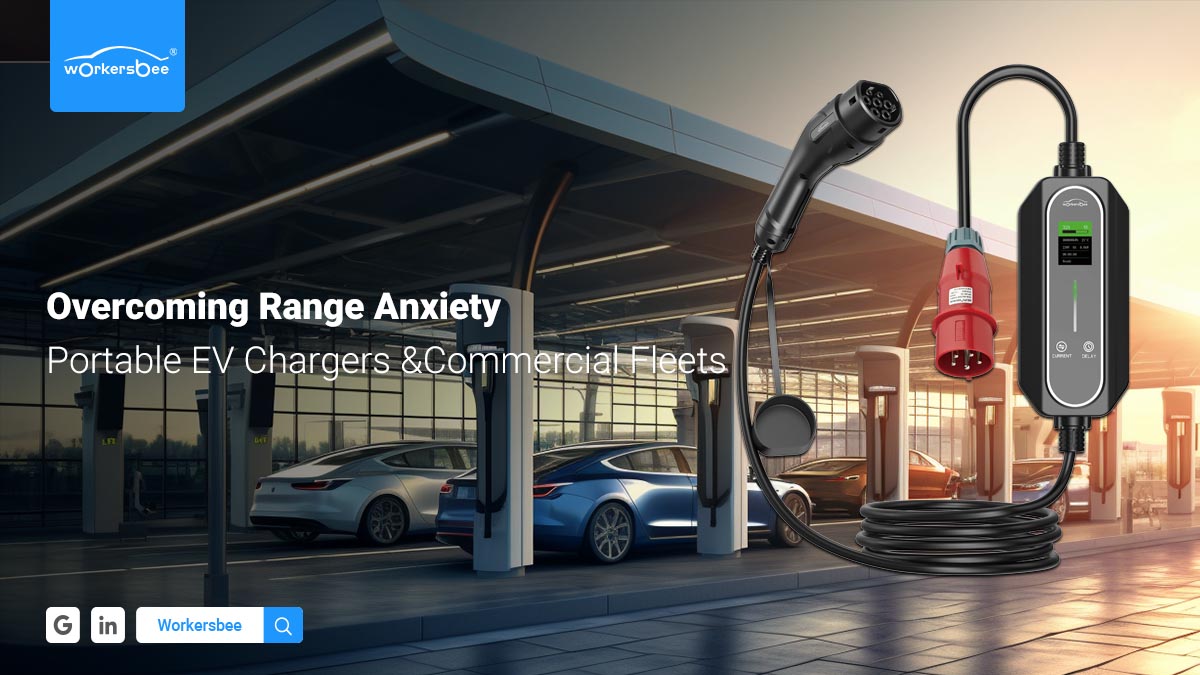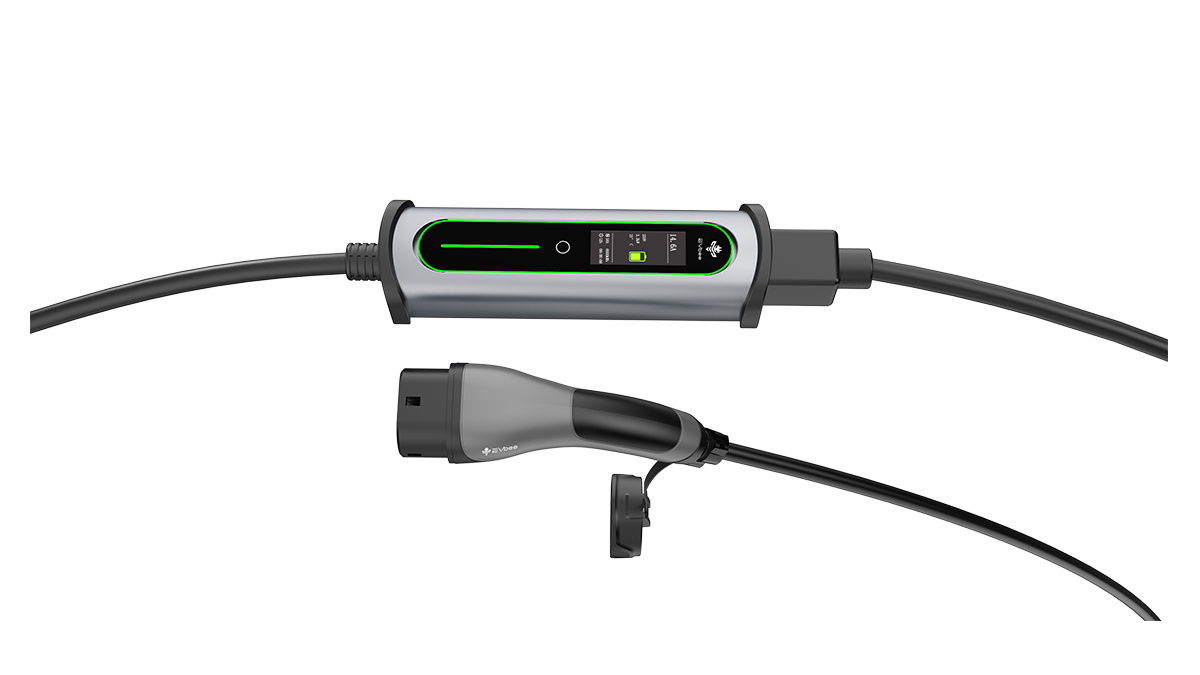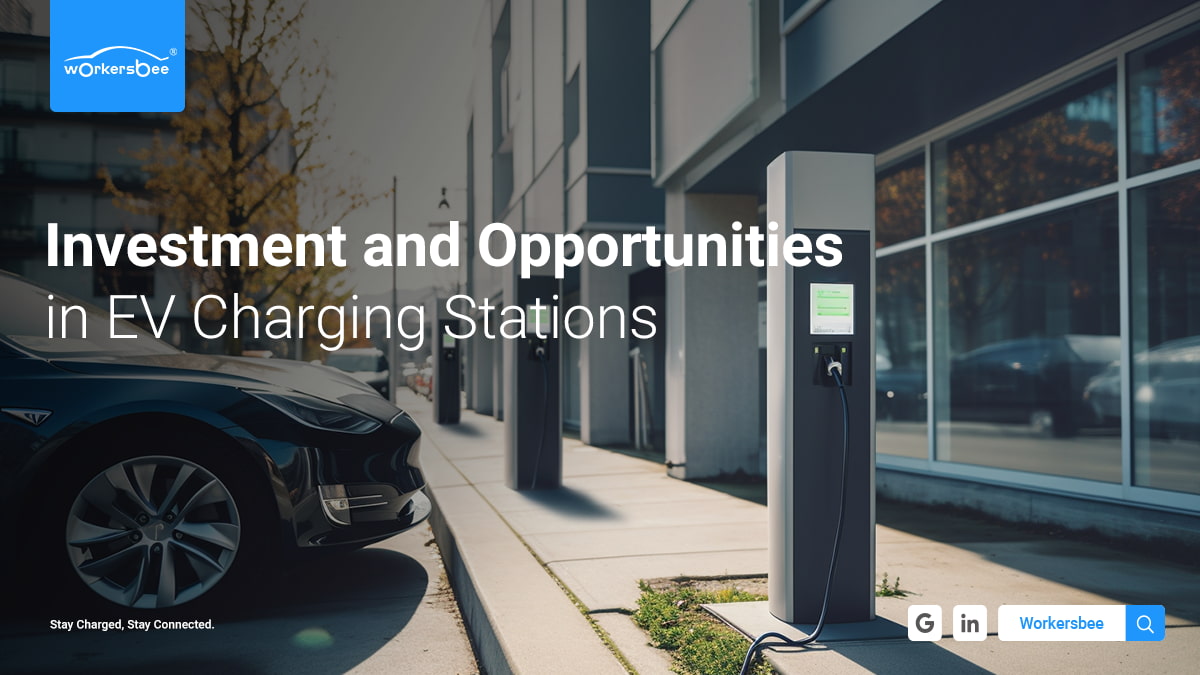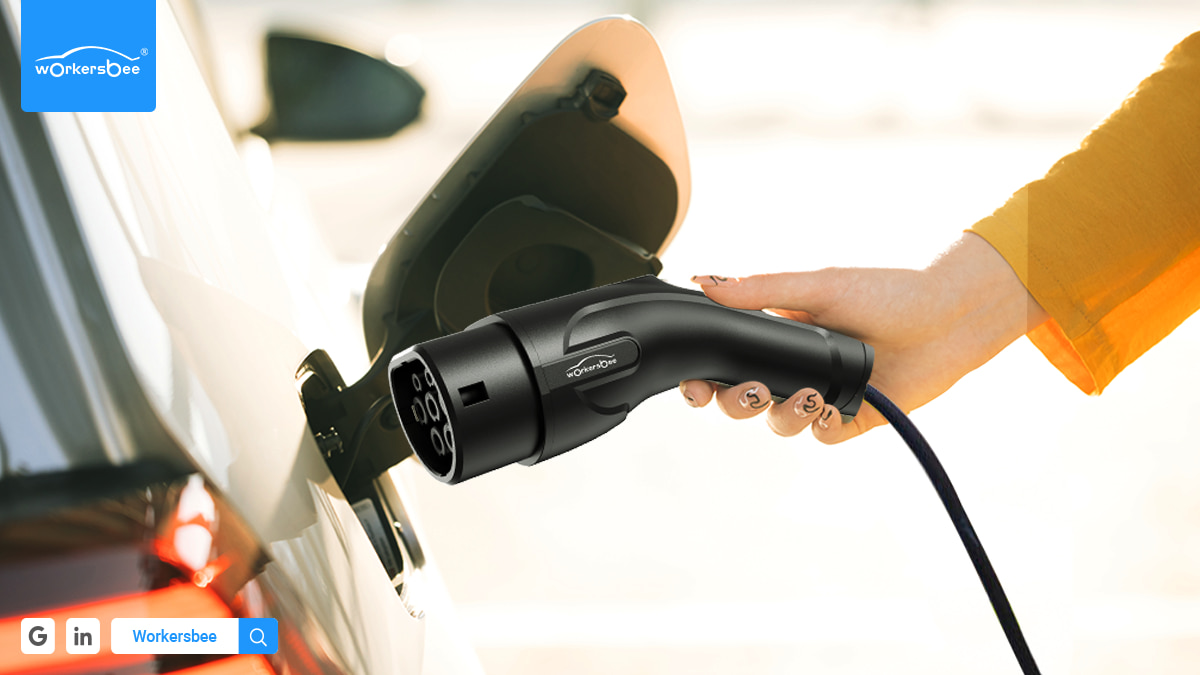 Overcoming Range Anxiety: The Benefits of Portable EV Chargers for Commercial Fleets
Overcoming Range Anxiety: The Benefits of Portable EV Chargers for Commercial Fleets
Nov 21, 2024
The continuous rise in global temperatures has made reducing carbon emissions an urgent priority. As the second-largest source of carbon emissions, the green electrification wave has swept through the global transportation industry. Beyond the daily passenger cars of residents, light-duty fleets and heavy-duty fleets account for a larger proportion of carbon emissions.
Currently, the market penetration of EV Fleets faces significant challenges. However, from a long-term sustainable development perspective, transitioning to electric commercial fleets is a strategic necessity.
Due to their profitability, mission attributes, and organizational operations, the primary reason is that EV fleets face more significant concerns than private passenger cars. At the forefront is range anxiety. Factors such as the timeliness of transportation tasks, long-distance transport, and the large capacity batteries of electric commercial vehicles make range anxiety a major obstacle in the shift to electric vehicles for commercial fleets.
Having cost-effective and efficient solutions and EV charging infrastructure to address this concern is a tremendous encouragement for fleet managers and operators. In the long run, it benefits the environment and effectively controls fleet operating costs, which is highly attractive for fleet development.
Where does range anxiety come from?
Because batteries power electric vehicles and the battery power entirely determines their range. Therefore, the anxiety and pressure caused by when trying to adopt or use EVs due to the worry or fear that the electric vehicle does not have enough power to support it to reach its destination or a reliable charging station is called range anxiety. It is particularly obvious when long-distance travel is required.
However, unlike the flexibility of private passenger cars in route planning, for commercial fleets, fleet managers must ensure delivery time and efficient operation of the entire fleet. Therefore, the challenges brought by commercial fleets' range anxiety will be more, mainly reflected in the following aspects:
· Ensuring the scheduled delivery times and reducing the risk of financial compensation.
· Optimizing transportation route planning before executing tasks.
· Ensuring fleet operational efficiency, reducing the possibility of operational interruptions, lowering operating costs, and increasing profits.
· Reducing the risk of running out of power during service to avoid missing deliveries and lowering customer satisfaction.
Portable EV chargers are flexible, compact, and convenient mobile electric vehicle chargers that do not require installation. Unlike fixed chargers or charging stations, portable EV chargers can be simply plugged into a power outlet to transfer energy to the electric vehicle. In other words, as long as there is a compliant power source, charging can be done anytime and anywhere. They typically include a power plug, control box, charging cable, and a charging connector compatible with them.
How can portable EV chargers support commercial fleets?
· Flexibility and Convenience: Portable EV chargers usually have a user-friendly interface or can connect to mobile apps, and some can even achieve Plug&Charge functionality. For commercial fleets that may face complex situations, they are very easy to operate and can charge vehicles promptly.
· In emergencies: Such as unexpected power depletion or unplanned route changes, portable EV chargers can serve as a backup charging method.
· In remote areas lacking charging facilities: Portable EV chargers can increase range timely, ensuring the fleet meets scheduled delivery times.
· Providing solutions anytime, anywhere: Portable EV chargers provide the necessary conditions for vehicles to charge during temporary stops. The flexible solution increases the possibilities for route planning, improving operational efficiency.
· Benefits for fleet operations: With charging capability always available, driver range anxiety is reduced, enhancing service responsiveness and smoother fleet management.
As a professional R&D and manufacturing technology company with over ten years of experience in EVSE manufacturing, Workersbee offers a variety of portable EV chargers designed to meet the different needs of commercial fleets. From product design and development to manufacturing and production, from testing and certification to global localized services, we adhere to innovation, breakthrough, efficiency, and reliability to ensure that we provide customers with the best charging solutions.
Workersbee's range of portable EV chargers includes the FLEX CHARGER series, ePort series, Soapbox series, and the newly launched DuraCharger series.
We are very confident that we can provide the following benefits to commercial fleets:
1. High-Efficiency Charging: Various high-power options are available, enabling fast energy transfer, effectively increasing fleet vehicle service time, and reducing downtime.
2. Enhanced Safety: Adherence to safety standards, with chargers featuring multiple safety measures such as real-time monitoring, overheating protection, and overvoltage and overcurrent protection, reducing accident risks.
3. Flexible Operation: With a portable EV charger in the vehicle, the fleet can charge vehicles anytime, anywhere, maintaining high operational efficiency.
4. Cost-Effectiveness: Eliminates excessive investment in charging infrastructure, significantly reducing installation and maintenance costs without sacrificing operational efficiency.
5. Customized Professional Charging Solutions: Our charging experts can provide targeted, efficient, and sustainable charging solutions based on your business characteristics (e.g., daily mileage tasks, service area characteristics, existing charging infrastructure) and other needs.
Conclusion
Portable EV chargers play a crucial role in alleviating range anxiety for commercial fleets. They allow for more flexible and convenient fleet operations, reducing dependence on fixed chargers and enabling vehicles to charge in different situations and locations. This effectively enhances fleet reliability and operational efficiency, leading to smoother, more efficient operations, higher customer satisfaction, and greater profits.
Workersbee is committed to providing cutting-edge charging solutions that meet the evolving needs of commercial fleets. We sincerely invite fleet operators and managers to explore the advantages of our portable EV chargers and look forward to integrating them into your fleet operations, helping you experience efficient and flexible fleet management while eliminating range anxiety.
Contact us immediately at info@workersbee.com to learn how our portable EV chargers can transform your fleet operations and enhance overall efficiency.
Read More

 Workersbee Dura Charger: The Ultimate Portable & Multifunctional EV Charging Solution
Workersbee Dura Charger: The Ultimate Portable & Multifunctional EV Charging Solution
 Benefits of EV Charging Stations: How Workersbee's Solutions Drive Business Growth
Benefits of EV Charging Stations: How Workersbee's Solutions Drive Business Growth
 DC Fast Chargers vs. Regular EV Chargers: Key Differences and Best Charging Solutions
DC Fast Chargers vs. Regular EV Chargers: Key Differences and Best Charging Solutions
 Overcoming Range Anxiety: The Benefits of Portable EV Chargers for Commercial Fleets
Overcoming Range Anxiety: The Benefits of Portable EV Chargers for Commercial Fleets
 Portable Business Investment: Exploring Various Types of Portable EV Chargers
Portable Business Investment: Exploring Various Types of Portable EV Chargers